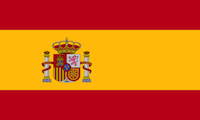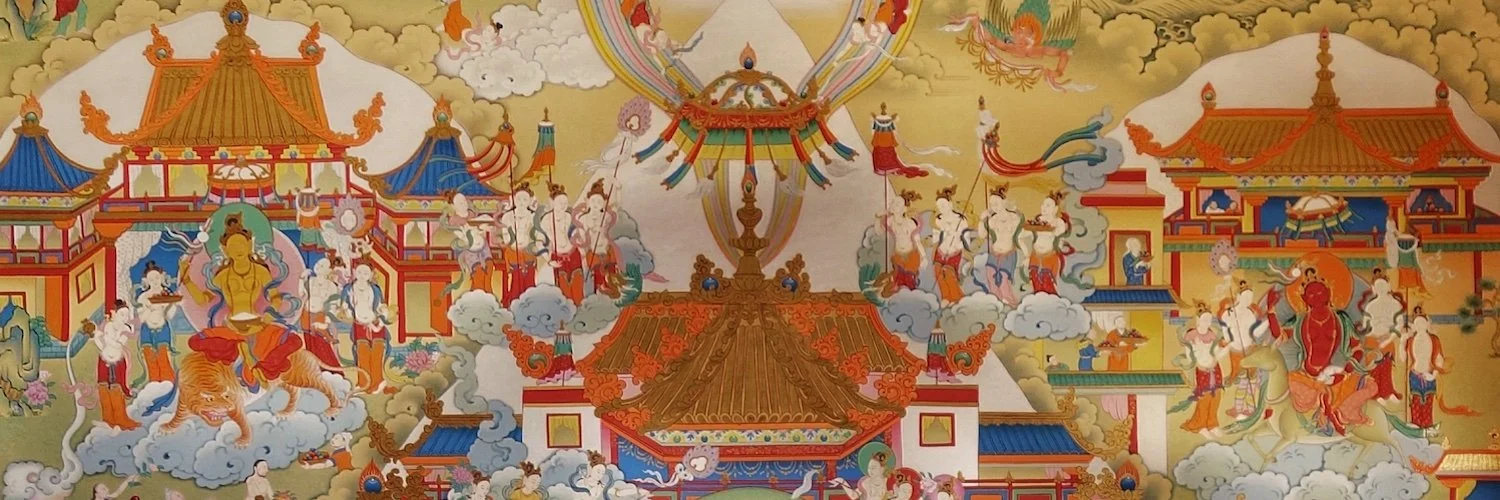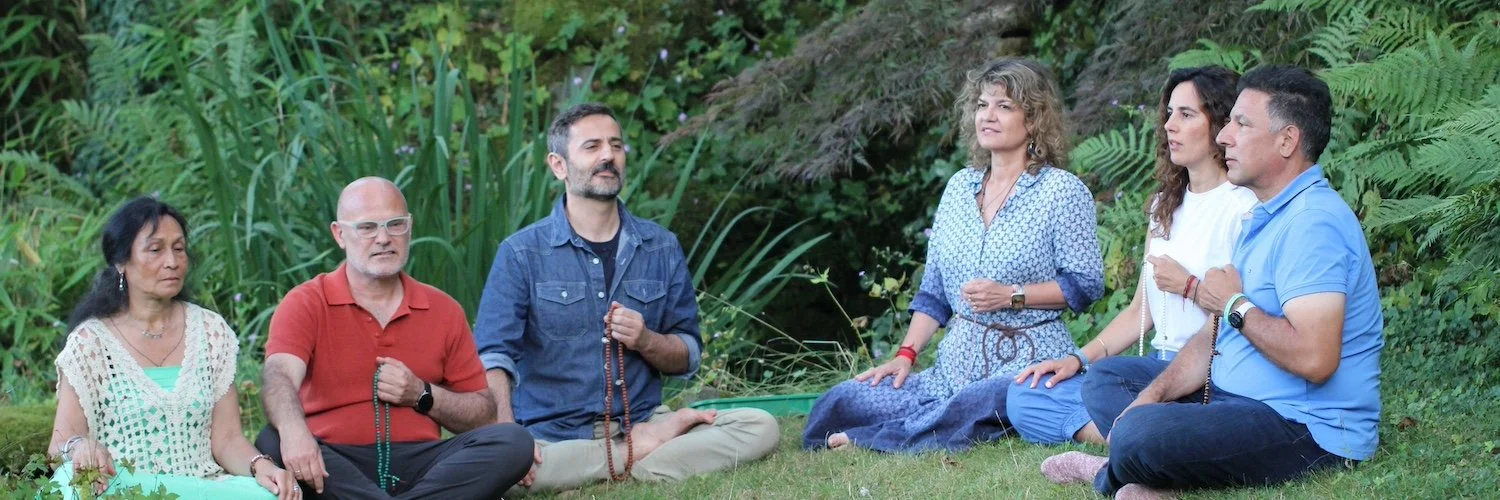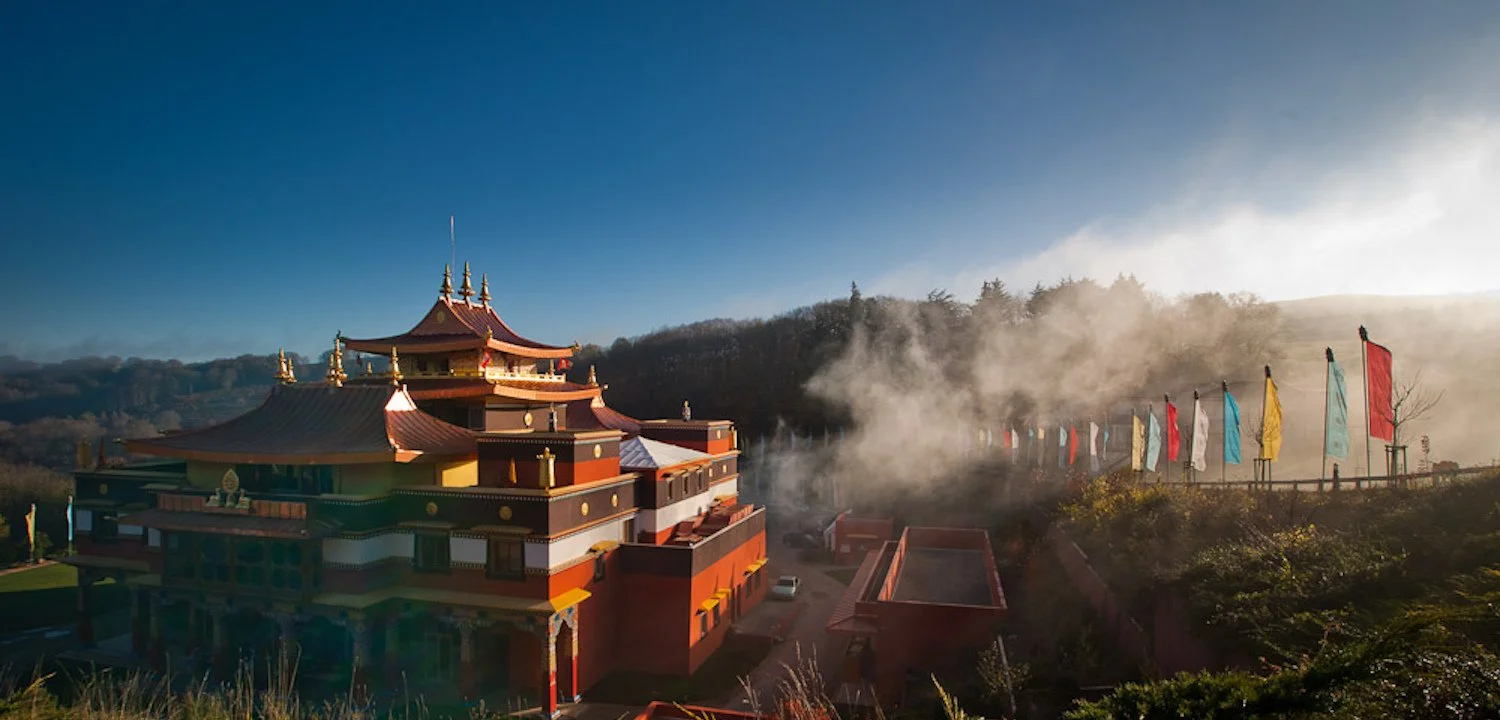Poison is Medicine
Naomi Gassler
In Dzongsar Khyentse Rinpoche’s latest book ‘Poison is Medicine’ he raises the issues that we followers of Vajrayana Buddhism will have to tackle in order to ensure a continuation and flourishing of these teachings in the West. Naomi Gassler shares her insights into the book and how Vajrayana students can benefit from it.
Poison is Medicine
How can students follow the teachings and practice of the Vajrayana in the West? Having seen how Rigpa has changed over the last 25 years and following the allegations against Sogyal Rinpoche, this question has been on the forefront of my mind for quite some time now. In search for an answer, I read Khyentse Rinpoche’s ‘The Guru Drinks Bourbon’ and attended some of his teachings at Rigpa centers in 2018 which he gave in response to the events of 2017. Now, Khyentse Rinpoche has written another book based on these teachings and further developing his thoughts around this topic.
From the start, Khyentse Rinpoche identifies himself as an uncompromising student and follower of the Vajrayana teachings. For him, the essence of the these teachings is beyond questioning; any attempt to change any of the principles that lie at the heart of Vajrayana would be the end of it.
However, he concedes that over the centuries much has changed in the appearance of Vajrayana. For example, as its teachings and practice were brought from India to Tibet, it adopted various aspects of Tibetan culture including the use of its traditional instruments. His book raises question after question aimed at finding the demarcation line between essence and appearance, and is thus seeking to clarify what parts of what we call Vajrayana can be changed, and which parts must never be altered.
Due to the traditional secrecy around Vajrayana teachings, he refuses to actually explain its foundations such as its description in terms of Ground, Path, and Fruition, and so on. He admits that this book is really intended for somebody who has already studied with an authentic teacher and who has gained a solid understanding of these teachings.
The questions and arguments raised in the book then test the reader’s understanding of the principles of Vajrayana just like a rainstorm tests the roof of your dwelling. If we live in a well-built house with a good roof, a rainstorm might reveal some small cracks that need fixing or some blocked gutters that need cleaning out. If our understanding of Vajrayana is similar in solidity to a flimsy tent recently acquired in a supermarket, we might find yourself without any dwelling at all after the passing of the first down-pour.
So, if our understanding of Vajrayana is a bit vague and has not been strengthened by listening, contemplating, and practicing its teachings, we might want to think twice before confronting the issues raised by Khyentse Rinpoche.
Khyentse Rinpoche enjoys pointing out the paradoxes that are used in the Buddhist teachings to describe reality, such as “Form is emptiness, emptiness is form.” And, he considers the teachings of the Vajrayana the most paradoxical of them all. But as with all good paradoxes, the apparent contradiction between two statements is revealed as being due to the assumptions and concepts of the one contemplating the paradox. As these concepts and assumptions gradually dissolve, so does the apparent contradiction at the heart of a paradox.
So, Khyentse Rinpoche fills his book with paradoxes. He has perfected the art of engaging the reader with an issue by making seemingly contradictory statements, and then trusting the reader to ponder over yet another paradox in their mind. A casual reader could easily pick a series of these statements to justify their own view while ignoring statements which are opposing to their view. But Khyentse Rinpoche is very careful to stay with paradoxical statements without siding with any conceptual view at all, for example, neither condemning the actions of Sogyal Rinpoche nor defending them. If you were hoping that Khyentse Rinpoche would tell you how to view Sogyal Rinpoche, then you will certainly be disappointed.
However, he provides plenty of criteria that could be used to examine a teacher before entering a student-teacher relationship, but in the end who a student chooses as their teacher remains their own decision. Nobody else, not even Khyentse Rinpoche, can make that decision for us.
Khyentse Rinpoche’s books raises the issues that we followers of Vajrayana Buddhism will have to tackle in order to ensure a continuation and flourishing of these teachings in the West. He has obviously given this a lot of thought, and we now need to do the same. Our tasks seems to be to keep exploring the topic, questioning our motivation at every turn, and mulling over every decision that we need to make with lots of patience. Easy answers and linear conceptual thinking can never do justice to issues around the teacher-student relationship in a Vajrayana context. I didn’t really expect that Khyentse Rinpoche would give a straightforward answer to my question on how Vajrayana can be taught in the West, and he certainly didn’t disappoint.
☟SCROLL to the bottom of the page to share your comments.

























